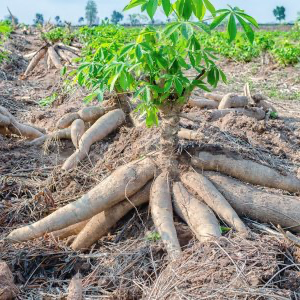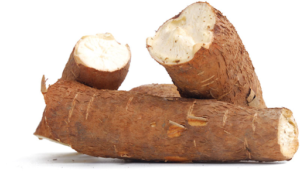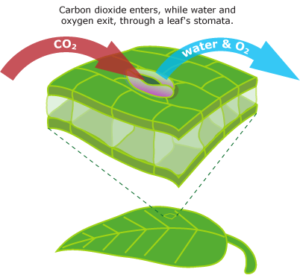From corn fields to cassava yields, agricultural innovators at Illinois research a variety of crops. Inside the Institute for Genomic Biology (IGB) a team of scientists works with a crop called cassava. Even if you have not heard of cassava, you may have eaten it: cassava is an ingredient in tapioca pudding and in the tapioca pearls (bubbles) in bubble tea. Farmers grow cassava for its starchy, tuberous roots. Today, over 500 million people in sub-Saharan Africa eat cassava grown by smallholder farmers.

However, a lack of research on cassava has led to a fifty year plateau in cassava yields in Africa. Through the Realizing Increased Photosynthetic Efficiency (RIPE) Project, scientists such as Amanda De Souza research ways to increase the efficiency of photosynthesis in cassava and improve yields. By seeking ways to improve yield potential, De Souza’s innovative research has immense implications for farmers beyond Illinois.

Plants grow and survive through the process of photosynthesis (converting light and carbon dioxide into the nutrients needed for it to grow). This process is driven by an enzyme called Rubisco, and this enzyme serves as the main limiting factor for growth in most crops, meaning that even when the plant receives enough light, its growth is limited by the amount of Rubisco that it can produce.

Cassava, however, is different. The main limiting factor in cassava’s growth is its stomata. Stomata are microscopic pores on leaves that allow carbon dioxide in and let water out of a plant. Stomata open in light and close somewhat in the shade.
Researchers in the RIPE team are striving to understand how to overcome this main limiting factor, as improving the photosynthetic capacity of cassava could increase its crop yield potential. By increasing how quickly its stomata open, a cassava plant could convert more carbon dioxide into energy and increase its water efficiency, which would increase the amount of cassava grown in each crop. As De Souza said at Goalkeepers 2019, “Especially for women, who represent a majority of smallholder farmers, cassava is a savings account. It is a resource they can harvest all year to pay for things like medical treatments and their children’s school fees.”
By increasing the economic potential of this important crop, innovations in cassava growth rates discovered by the RIPE team in Illinois will shape agriculture and lives around the world.
Institute for Genomic Biology (IGB) – The RIPE team conducts their work inside the IGB.
Benjamin, C. (2019, September 25). Scientists find ways to improve cassava, a ‘crop of inequality’ featured at Goalkeepers. RIPE. https://ripe.illinois.edu/index.php/press/press-releases/scientists-find-ways-improve-cassava-crop-inequality-featured-goalkeepers.
Gates Foundation. (2019, September 30). Goalkeepers 2019: Amanda De Souza [Video]. YouTube. https://www.youtube.com/watch?v=qoYDWam0L6U&t=447s.
